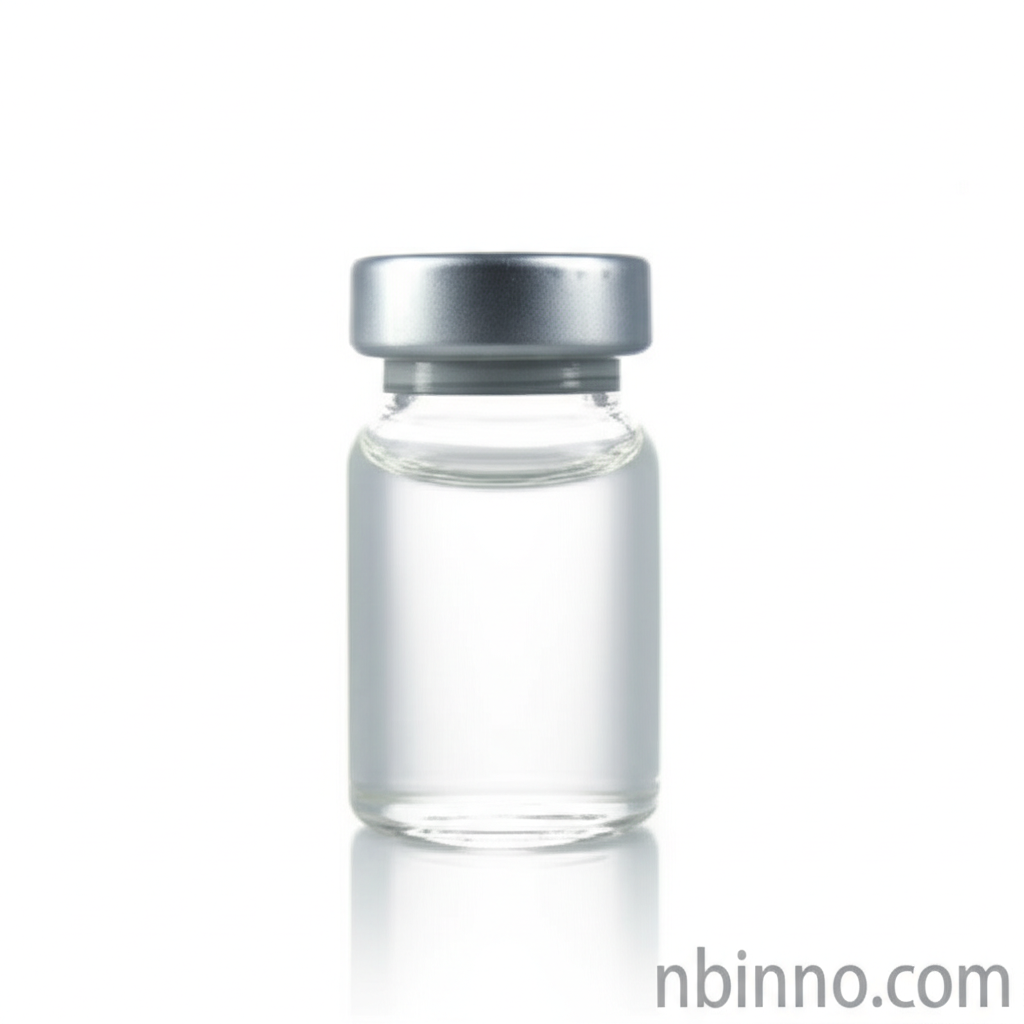Discover the Versatility of m-Xylene (CAS 108-38-3)
Explore the key properties and diverse industrial applications of this essential aromatic hydrocarbon.
Get a Quote & SampleProduct Core Value

m-Xylene
m-Xylene, scientifically known as 1,3-Dimethylbenzene and identified by CAS 108-38-3, is a vital aromatic hydrocarbon. It is a colorless liquid with a characteristic aromatic odor, prized for its solvent properties and as a key intermediate in various chemical synthesis processes. Its high purity grades are essential for demanding industrial applications.
- Understand the chemical properties of m-Xylene including its formula C8H10, density, and boiling point to optimize its use in your processes.
- Explore the wide-ranging applications of m-Xylene, from its role in producing polymers to its effectiveness as an industrial solvent.
- Learn about the importance of high purity m-Xylene for achieving consistent results in complex manufacturing environments.
- Investigate the typical industrial applications of m-Xylene to identify potential uses within your product development lifecycle.
Advantages of Using m-Xylene
Excellent Solvent Properties
Leverage m-Xylene's ability to dissolve a wide array of organic compounds, making it an effective solvent in paints, varnishes, and other industrial formulations.
Key Chemical Intermediate
Utilize m-Xylene as a crucial building block for the synthesis of isophthalic acid, a vital component in the production of high-performance polymers like PET.
Versatile Industrial Use
Benefit from the versatility of m-Xylene, which serves as a precursor for numerous smaller-volume chemicals and finds application in diverse manufacturing sectors.
Key Applications
Solvent Applications
The excellent solvency of m-Xylene makes it a preferred choice for thinning paints, lacquers, and varnishes, ensuring smooth and even application in various industries.
Polymer Manufacturing
As a key feedstock, m-Xylene is essential for the catalytic oxidation to produce isophthalic acid, a critical monomer used in modifying polyethylene terephthalate (PET) properties.
Chemical Synthesis
m-Xylene serves as a foundational raw material in the manufacture of a range of other chemicals, including xylidine and isophthalonitrile, through processes like ammoxidation.
Laboratory Use
In laboratory settings, m-Xylene is recognized for its utility, sometimes employed in processes involving cooling reaction vessels or as a clearing agent in microscopy.
